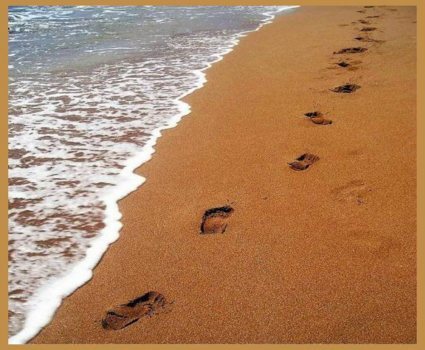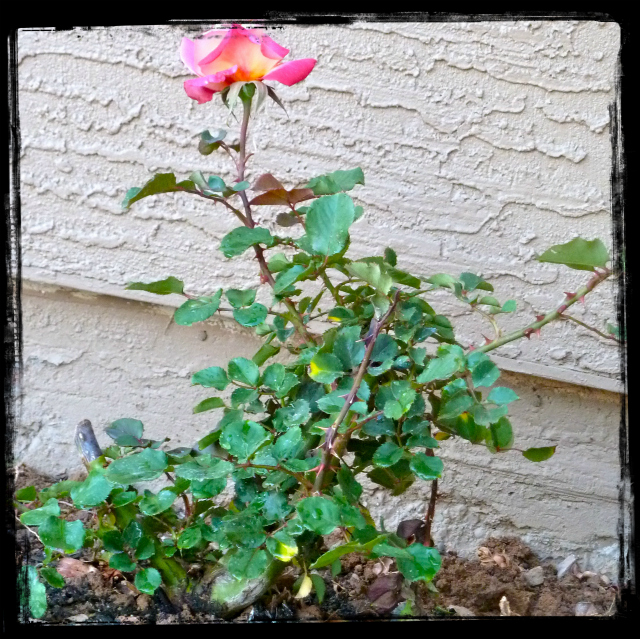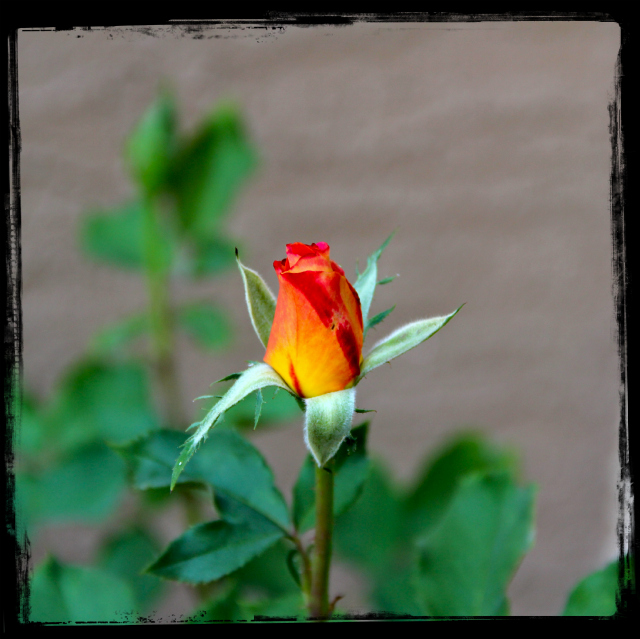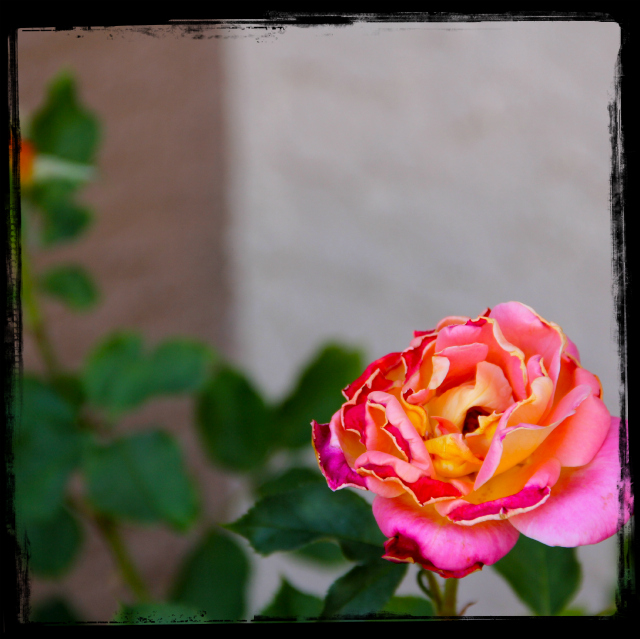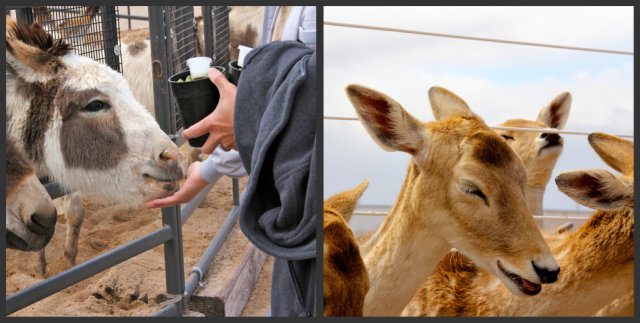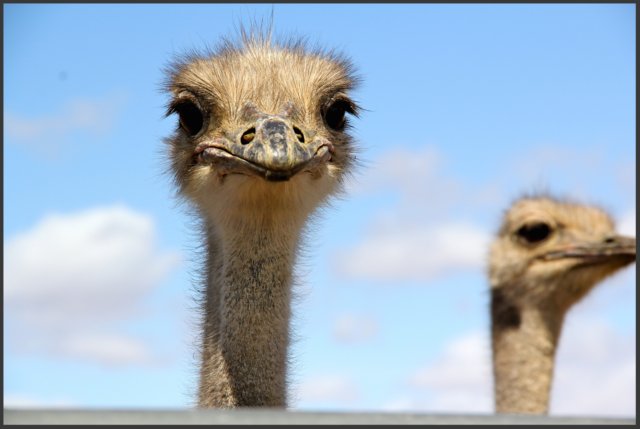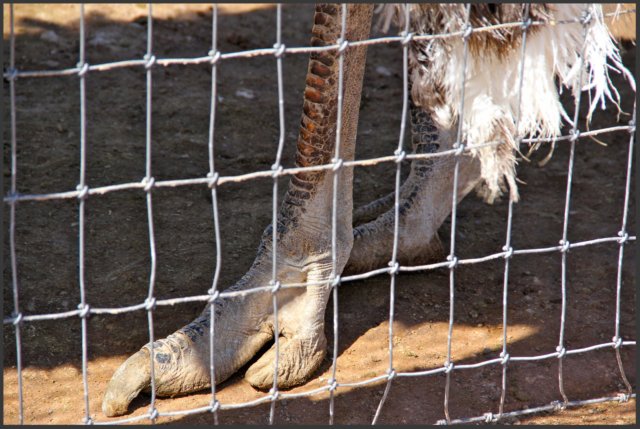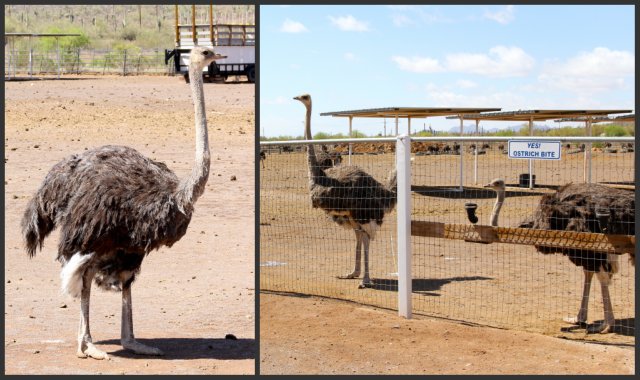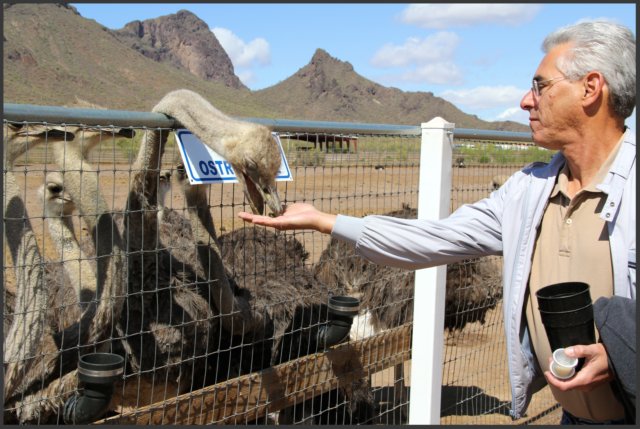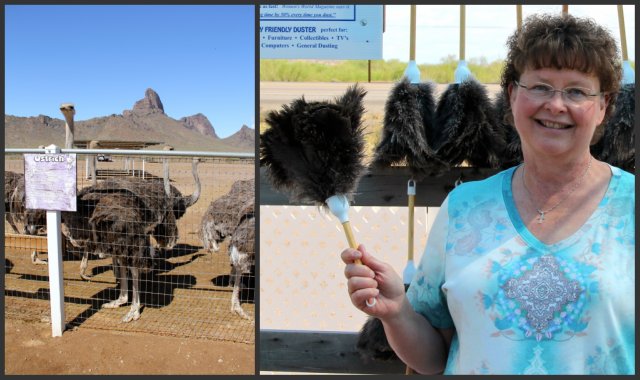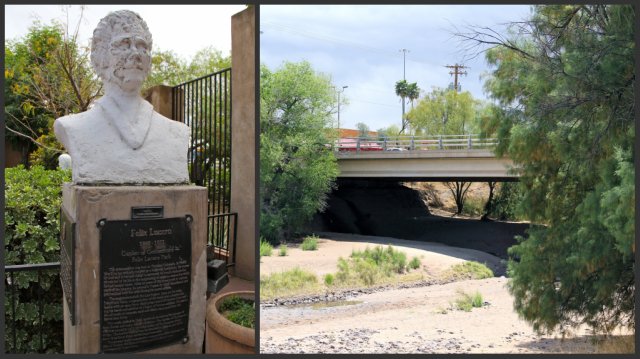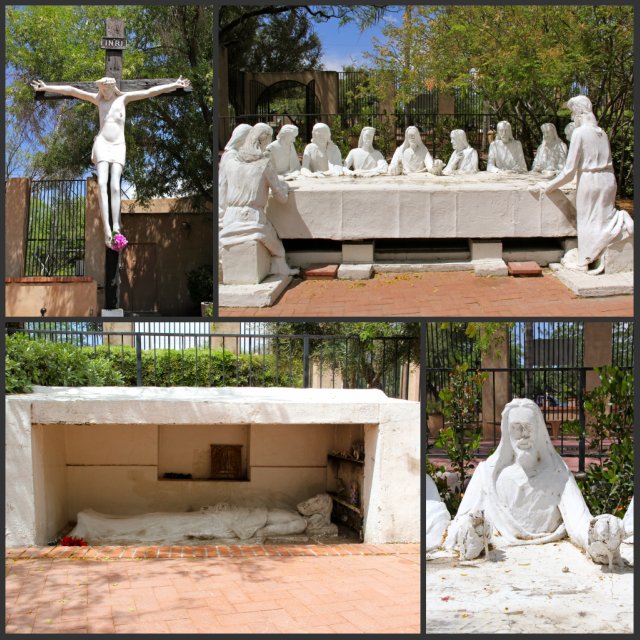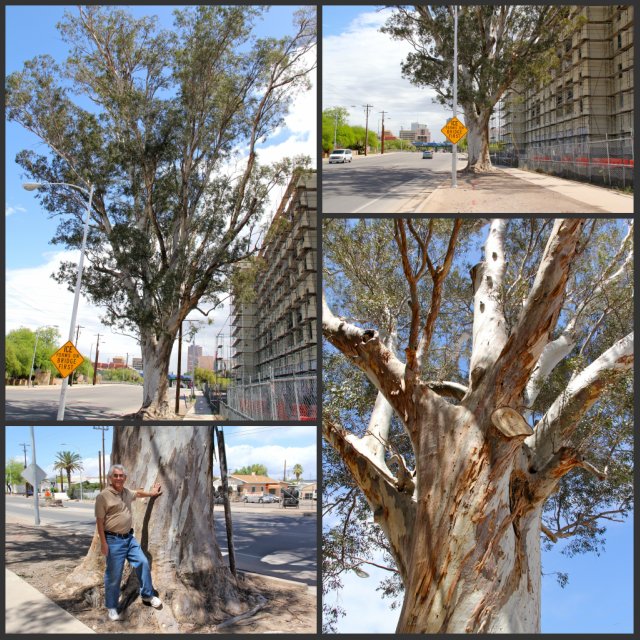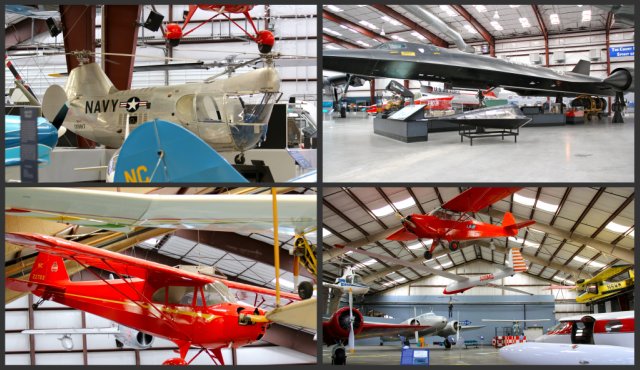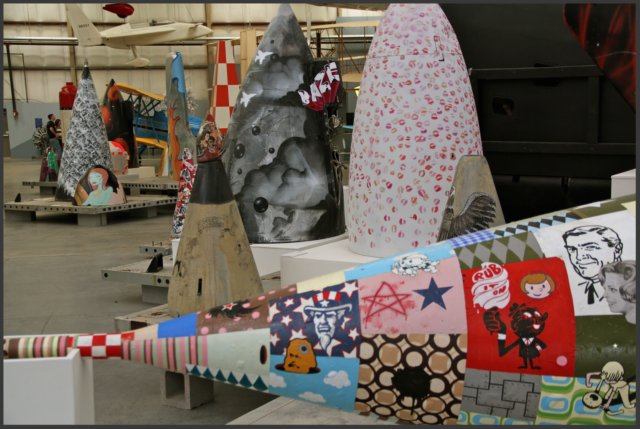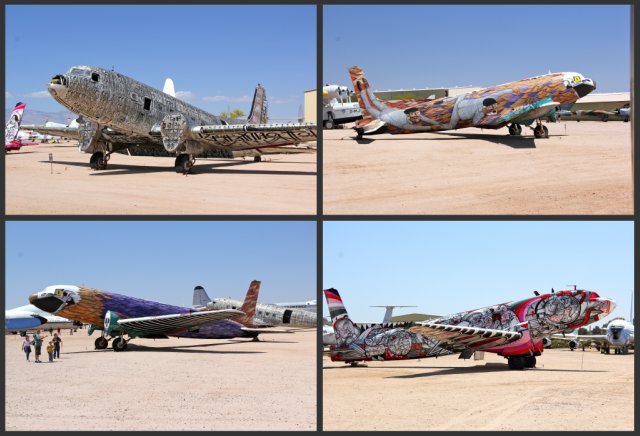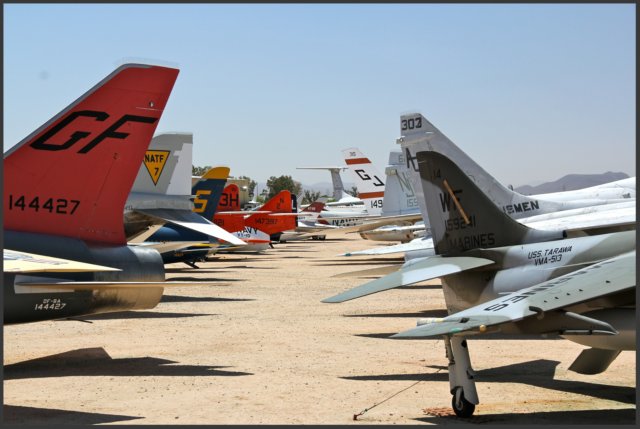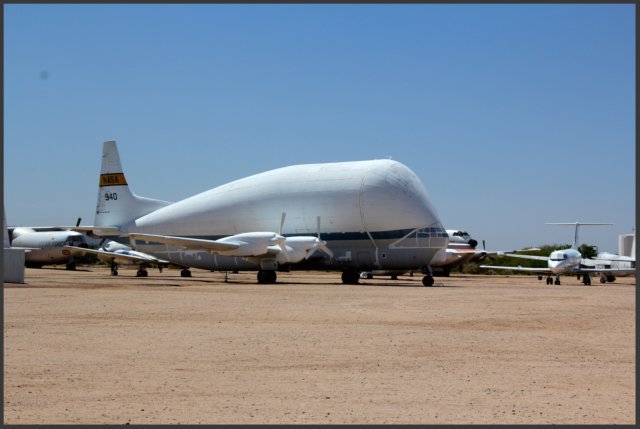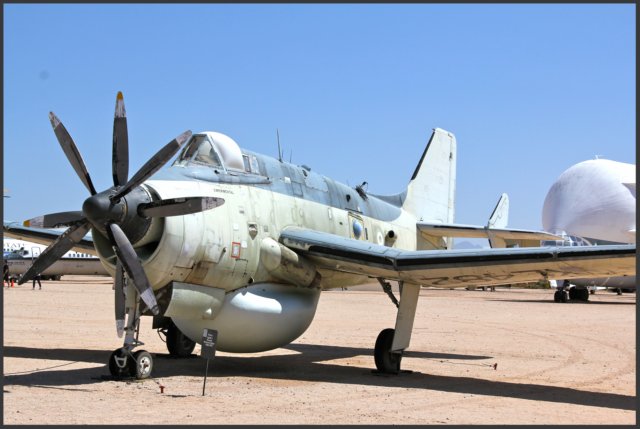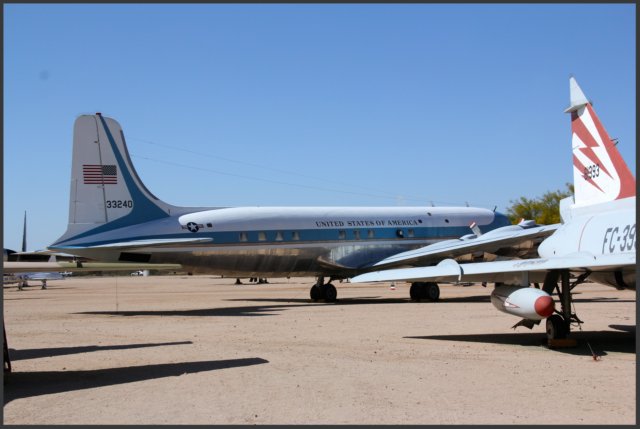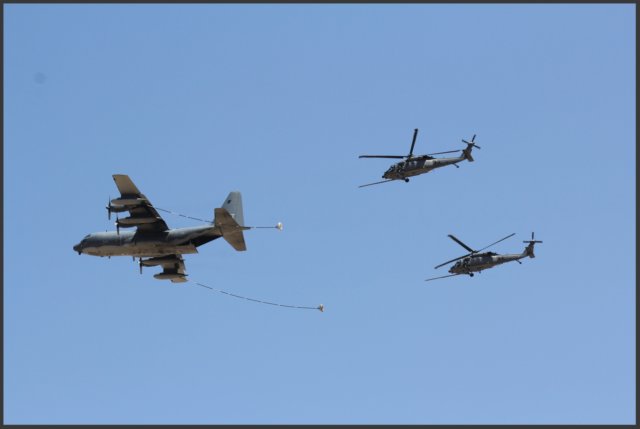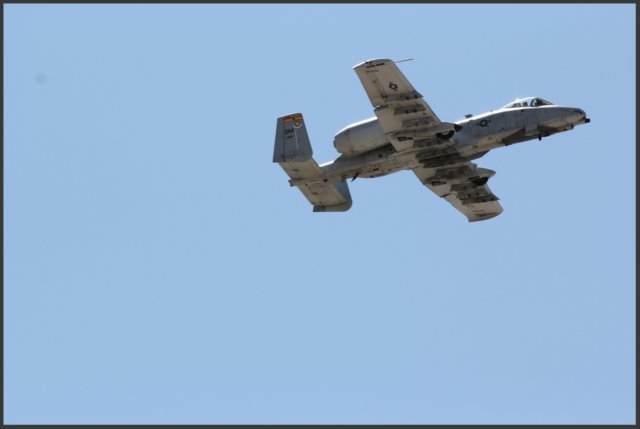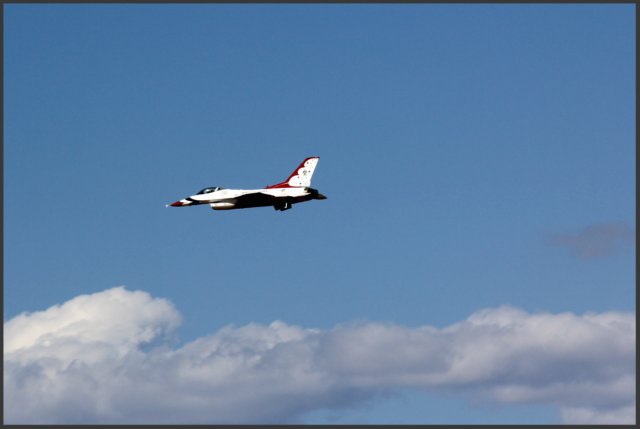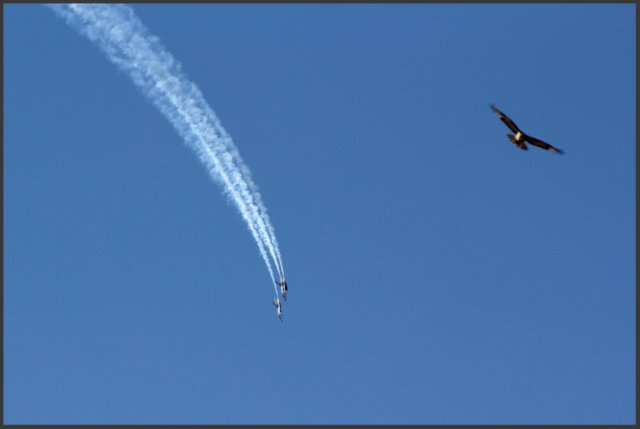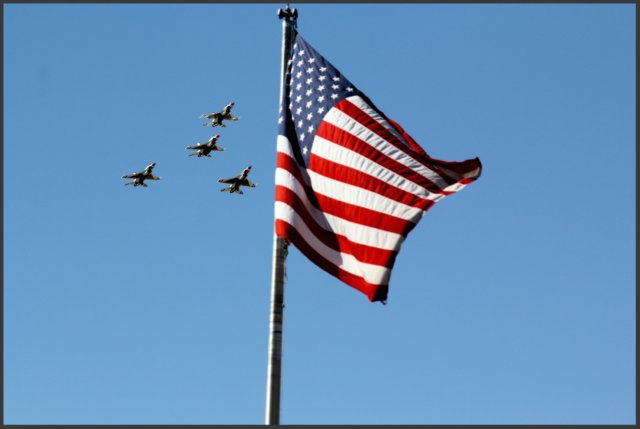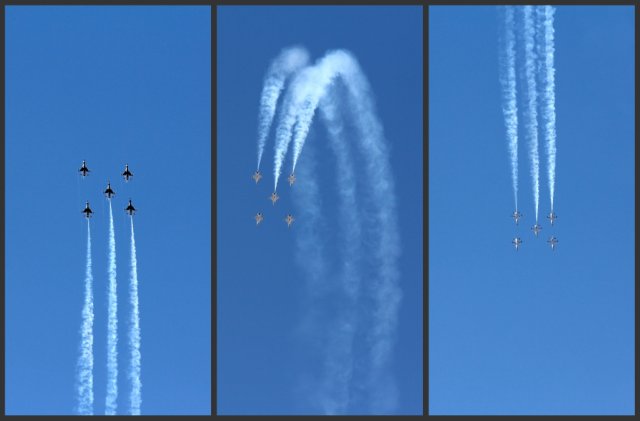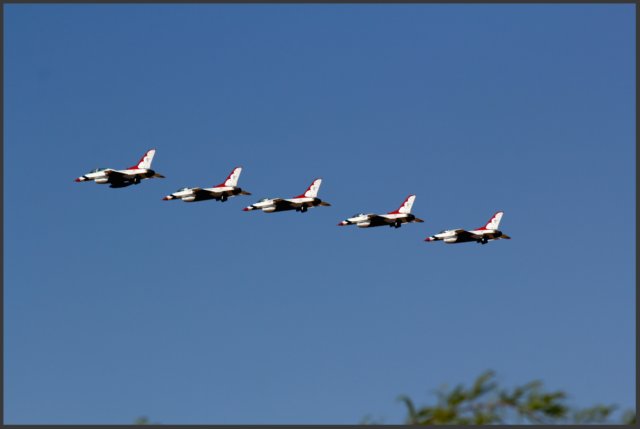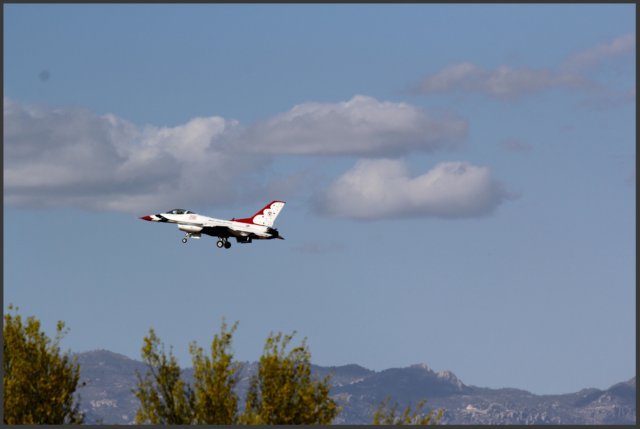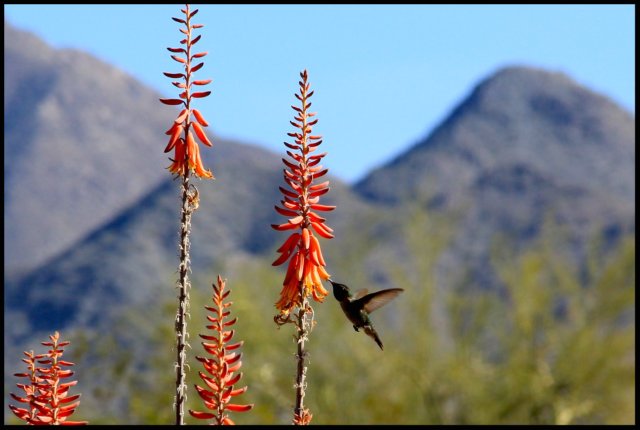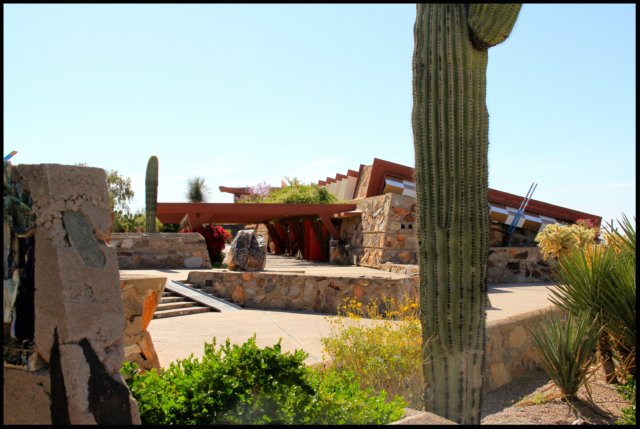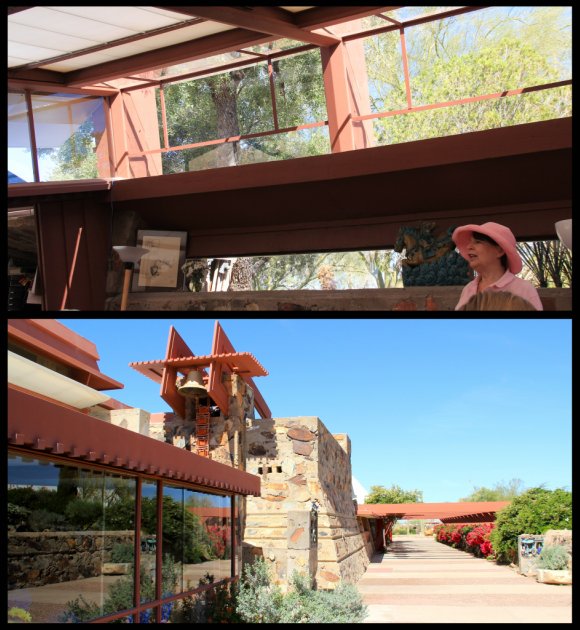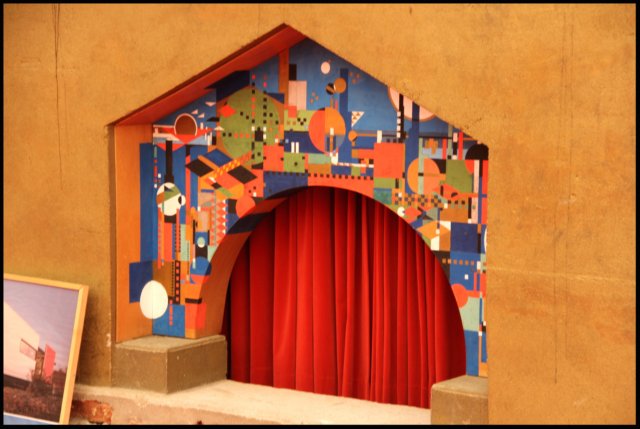Some people like to plan vacations or get-aways and others like to just "go with the flow" deciding what to do on a minute by minute basis. I think we are more planners but we also enjoy taking advantage of opportunities as they come our way. Tucson was our destination last weekend and we saw several things on my "
100 Things in Arizona" list as well as a bonus activity (you won't want to miss the end of this post!) that inspired me to start my next list!
We stopped at the
Rooster Cogburn Ostrich Ranch (#85) on our way down (although it's a higher elevation, so should it be up?) to Tucson. I have wanted to go there for quite some time, but really had no idea what to expect... other than ostriches. It is the largest ostrich ranch in the United States with over 1100 pure South African Black hens laying. But if large, flightless birds are not your things, perhaps one of the other animals they keep will be.
The donkeys and fallow deer (a small, easily domesticated European breed) were very cute as they begged for food and to be petted!
The admission price ($5) got us each a container of all-purpose food pellets. All the animals except the lorikeets could- and did- eat them. Some of the animals would gently eat out of our hand; others were not quite so polite.
The Bohr Goats were pretty crazy! These are goats with attitude and personality and they like to get the feed pellets from between your lips- like a kiss! I think the guy on the right looks like Jar Jar Binks of Star Wars fame!
Finally, it was time to have a personal encounter with the largest living birds in the world!
They have such sweet expressions!
These birds can't fly but they can run faster than any other bird at speeds in excess of 40 mph. Since they don't perch on wires and in trees but instead use their feet for standing, walking and running...
... they have HUGE feet! But what does the rest of an ostrich look like?
Yep, a giant feather duster!
Because ostrich can (and do) bite, the ranch set up a feeding system so guests could enjoy feeding them and still not feel threatened. The black elbow pipe in the fence by the ostrich on the right in the photo above is where guests put the feed pellets. They drop down into a bin and the ostrich eat them. Amazingly, they don't fight over the feed pellets.
Those seeking a little more adventure are encouraged to hand feed them. This one was a real lady but another one nipped Richard's hand.
Ostrich ranching has gained in popularity over the last several decades. They are raised commercially for their meat (including eggs), feathers and hide. Their meat is a heart-healthy red meat that I'm told tastes like beef. An ostrich egg has the same volume as two dozen chicken eggs and has a similar taste.
I was excited to finally get a new feather duster!! ;-)
Our next stop was in Tucson at the Garden of Gethsemane (#49) located near the downtown area just west of the Santa Cruz riverbed. This tranquil park where people can sit and eat lunch or pray or read a book is a refuge for many. But it was conceived in the middle of a war zone.
Felix Lucero lay wounded and dying on a battlefield in France during World War I when he made a deal with the Virgin Mary; in exchange for his life he would devote his life to creating Christian art. His life was spared and about twenty years later when Felix found himself in hard times (living in a cardboard/plywood shack under the Congress Street bridge), he began sculpting Christian statues. They were molded from damp sand and reinforced with debris from the riverbed, then covered with plaster- not the hardiest sculpting material.
Left: Lucero made this bust of himself
Right: The Congress St. bridge was rebuilt but this is close to where Lucero lived
The sculptures survived Lucero, who died in 1951, but suffered the ravages of time, floods and vandals. Most of them are in ill repair; note Jesus' missing nose and hand at the Last Supper (lower right). The Knights of Columbus and Tucson residents have been instrumental in repairing and preserving these statues. We enjoyed quietly walking through the garden, reflecting on the statues and what they depicted. This is truly a Tucson treasure!
After returning to the car to look up navigation for our next stop, we were pleasantly surprised to discover it was just across the street! Fina's Tree (#32) has been a Tucson landmark for over 100 years- but it is the story of a little girl with a big heart who grew a giant tree that intrigued me.
You can actually see Fina's tree when you're driving east on I-10 if you know where to look- and I will from now on! The city moved Congress St. over slightly to go around the tree (top right photo).
In 1910, a storm came through Tucson and uprooted a lot of trees. A young girl by the name of Delfina Lizarraga Bravo found a sapling among the debris and planted it not far from the Santa Cruz River where she fetched water for her family. She hoped that one day it would give her shade- and boy, did it ever! Fina's tree, a Red Gum tree, grew to be the largest tree in Tucson with a circumference of more than 16 feet and a height of 110 feet. It is taller than the six-story building being built next to it. While a tree of that size would be nothing special in many parts of the world, in the arid desert (less than 12 inches of rain per year) of Tucson, it is, indeed, a treasure!
Our last stop was the
Pima Air & Space Museum (#46) south of Tucson by Davis-Monthan Air Force Base (DMAFB). As we were driving down Valencia Road to get to the museum, we saw LOTS of nifty looking aircraft flying through the sky around us. Yep, we had wandered onto the "Thunder and Lightning Over Arizona" air show at DMAFB!!
The Pima Air & Space Museum is the third largest such museum in the country and one could easily spend several days seeing all they have to offer. Since we also wanted to spend some time watching the air show, we opted for a quick stroll through Hangar One and the 390th Memorial Museum as well as a 75-minute docent guided tram tour (highly recommend!!) of over 120 different aircraft on display.
We started in Hangar One where they have a variety of aircraft on the ground and suspended overhead: helicopters, bi-planes, small planes, jets, spy planes, ...
The SR-71 Blackbird (spy plane, top right) is still the coolest-looking aircraft around!
Several artists were commissoned to turn a couple of aircraft as well as nose cones and missile casings into art. We enjoyed their work although painting a feminine motif in "girly" colors on a missile casing does not make it look "softer!"
I wonder what enemy aircraft would think if we painted ALL our fighter stuff like this!
These are planes with ATTITUDE!
The docent for our tram tour, a retired Air Force aviator, was knowledgable about all the planes he showed us- and even made it interesting for us non-aviators. The planes are lined up in rows, tail-to-tail and nearly wingtip-to-wingtip.
We saw over 100 aircraft- a few of my favorites are...
... the "Super Guppy" (an equipment-carrying aircraft for NASA- the front nose opens up like a door so they can load it!)...
... planes with contra-rotating propellers (I have NO idea how or why they stay up in the air!)...
... and a retired Air Force One aircraft that carried Presidents Kennedy and Johnson.
We absolutely enjoyed our visit to the Pima Air & Space Museum and plan to return when we can spend more time. But now it was time to find a vantage point to watch the rest of the "Thunder and Lightning Over Arizona" air show. We joined several people, all more knowledgable about aircraft than we are, on a nearby hill to take in the performance in the sky.
The KC-135 refueling tanker with double booms was huge yet graceful.
When this A-10 Warthog (a close air support and ground attack aircraft) roared across the sky, I was filled with admiration for the men and women who fly these jets, protecting our country.
Several old-timers encouraged us to stay for the very end of the show when the Thunderbirds would perform. The Thunderbirds are an air demonstration squadron of the US Air Force. They demonstrate precision drills in their fighters that are breath-taking to watch; definitely worth waiting for! The six aircraft took off together but were so far away it was difficult to see them.
Suddenly, this one thundered by us and the show was on!
As four of the Thunderbirds darted around the sky, this eagle wanted to get in on the action, too! It was amazing to watch both the feathered and mechanical birds dance in the sky!
The thunderbird markings on the underneath side of the aircraft make them look menacing.
Straight up, loop over and straight down = an E-ticket ride
They have formations that use four, five and six aircraft. Flying in a straight line becomes progressively more difficult each time you add an aircraft. And sometimes, less than two feet separates them as they fly at 450 mph!
Their delta formation is my favorite- they look like heroes to the rescue!
And then all too soon (about 45 minutes!), it was over and they landed. I'm pretty sure this pilot waved to me!!
There are two Air Force bases in Arizona and they regularly host air shows. Seeing one from start to finish in the stands is the first item on my next list. As a young boy watching on the hill with us said, "This is so exhilarating!"
Thumb Up or Down: Up X4!!!
Miles Round Trip: 219.7 miles
Miles To Date: 4405.1 miles
Percent of List Completed: 44%
Date of This Trip: April 14-15, 2012
